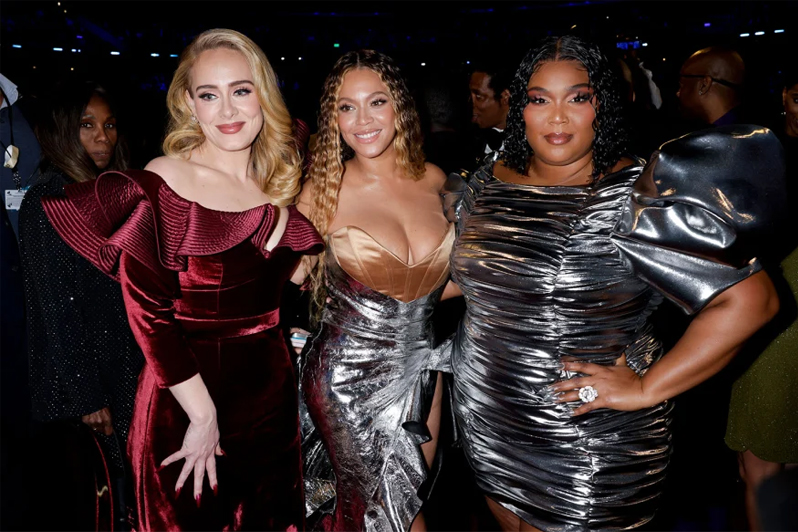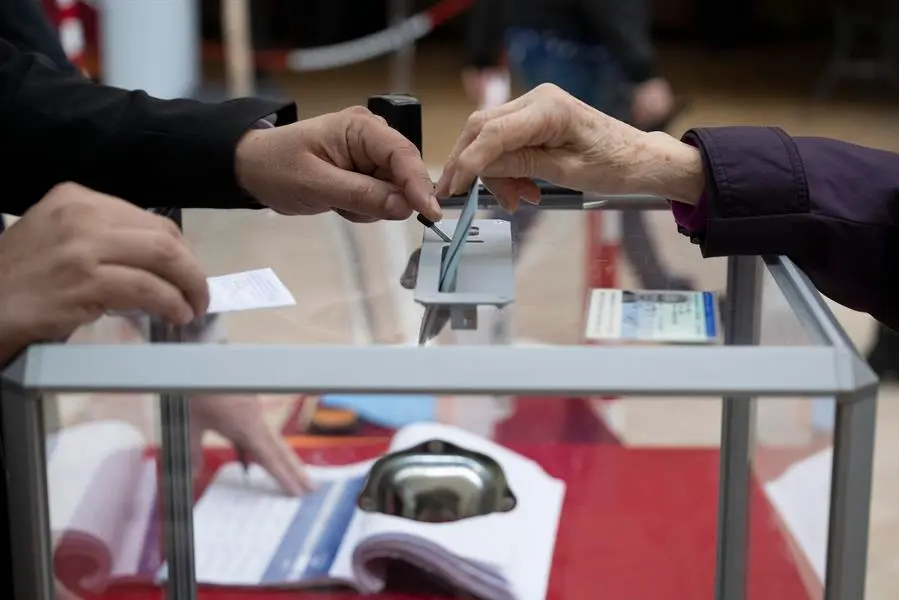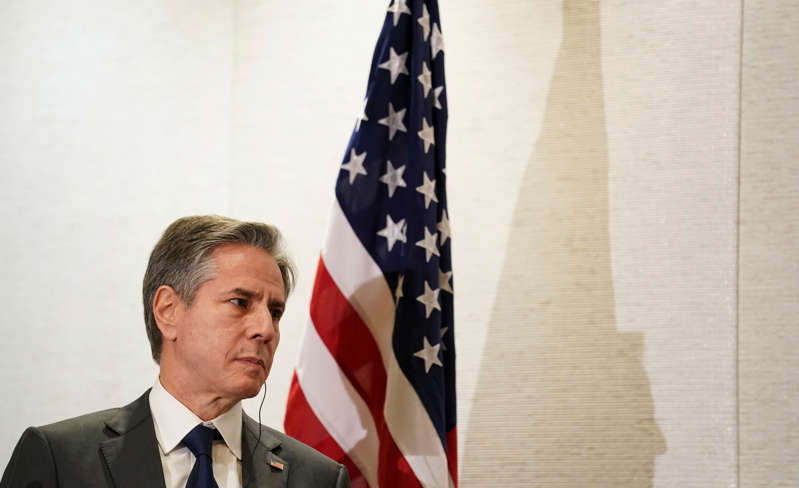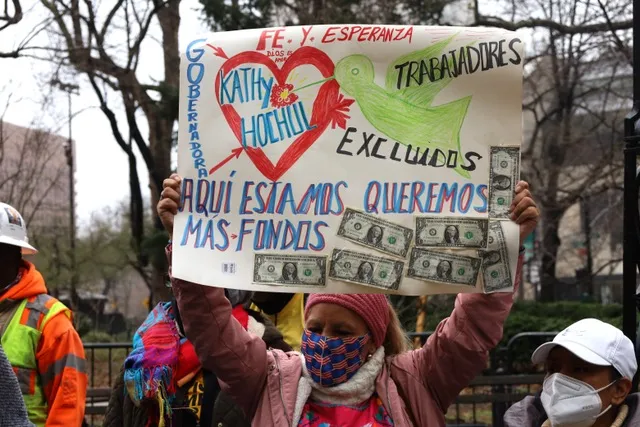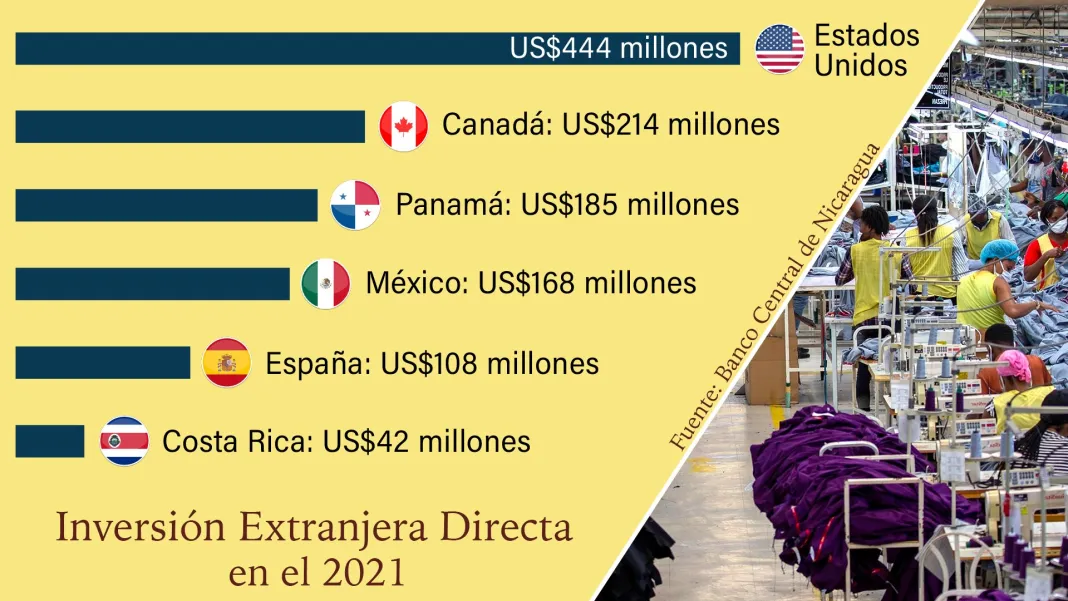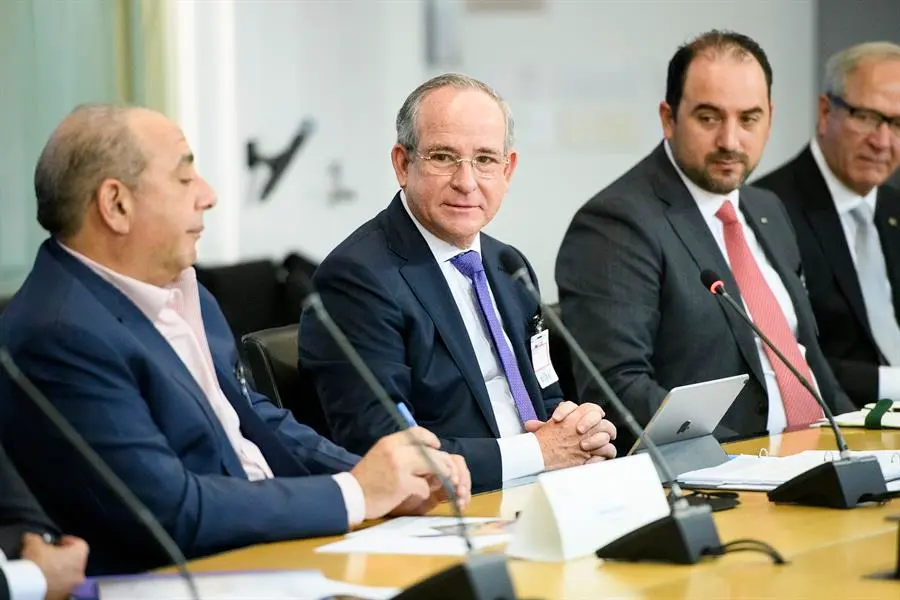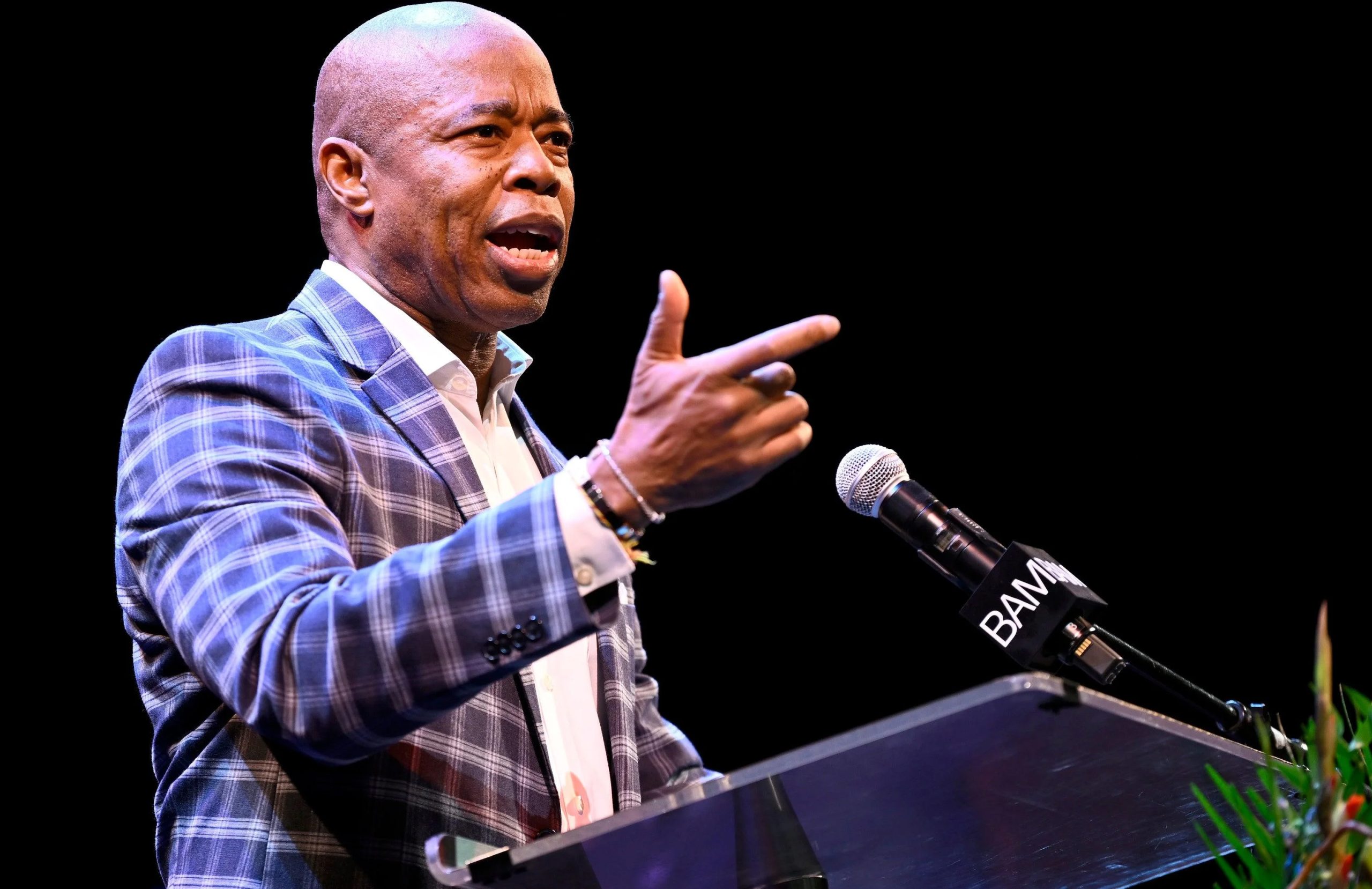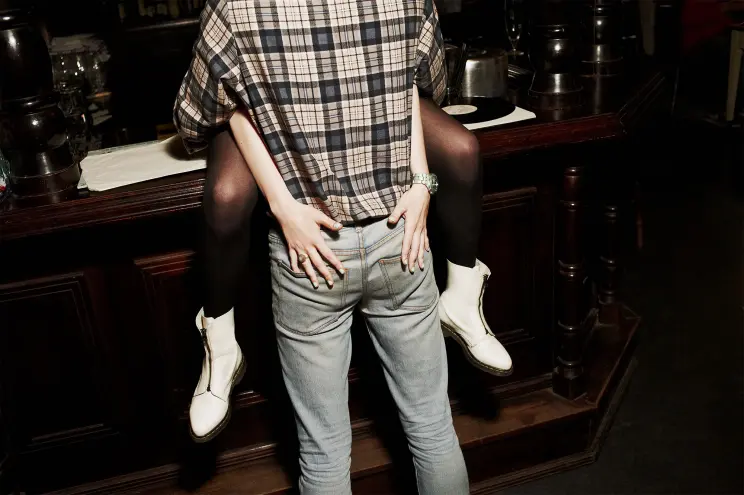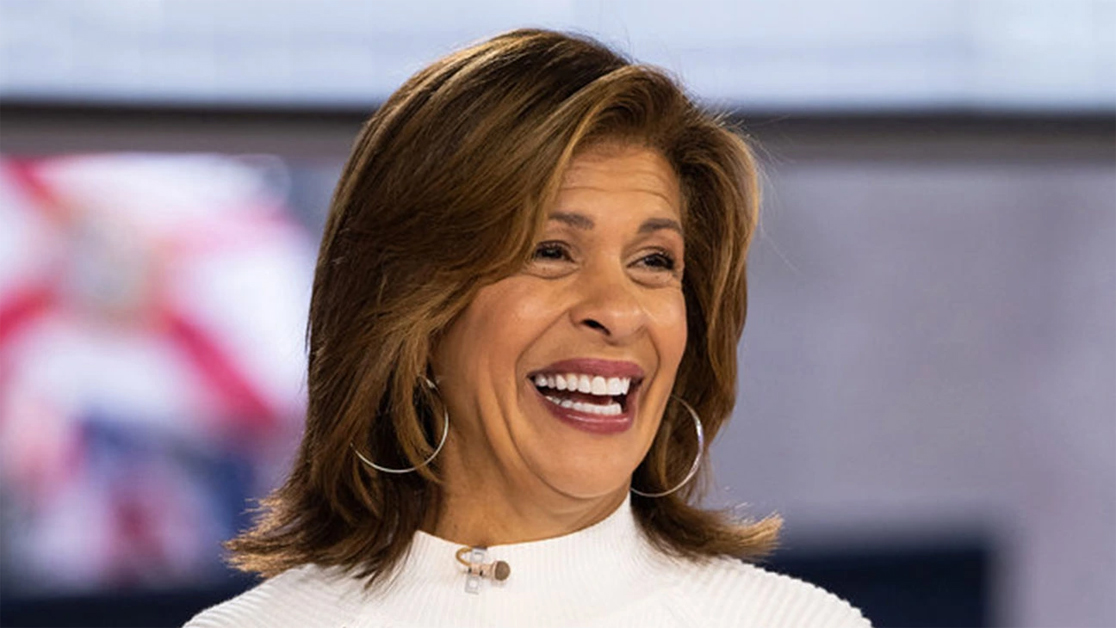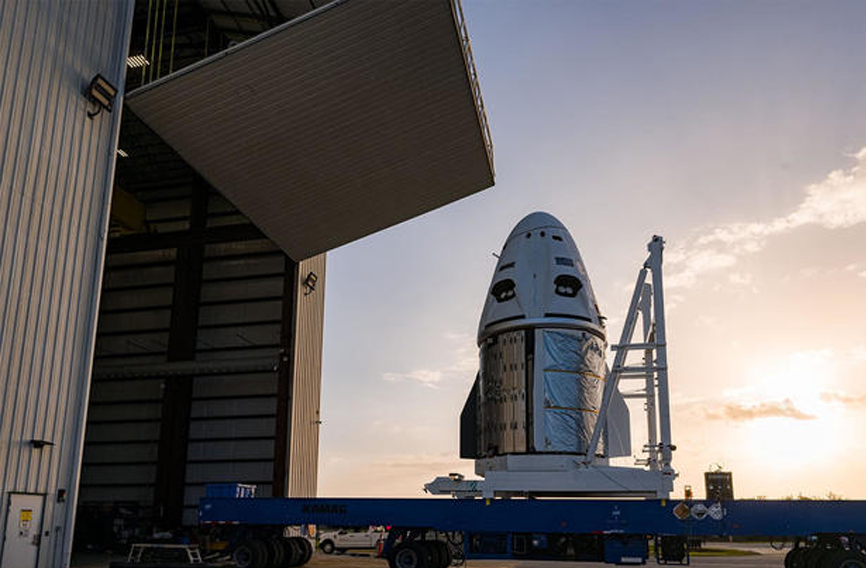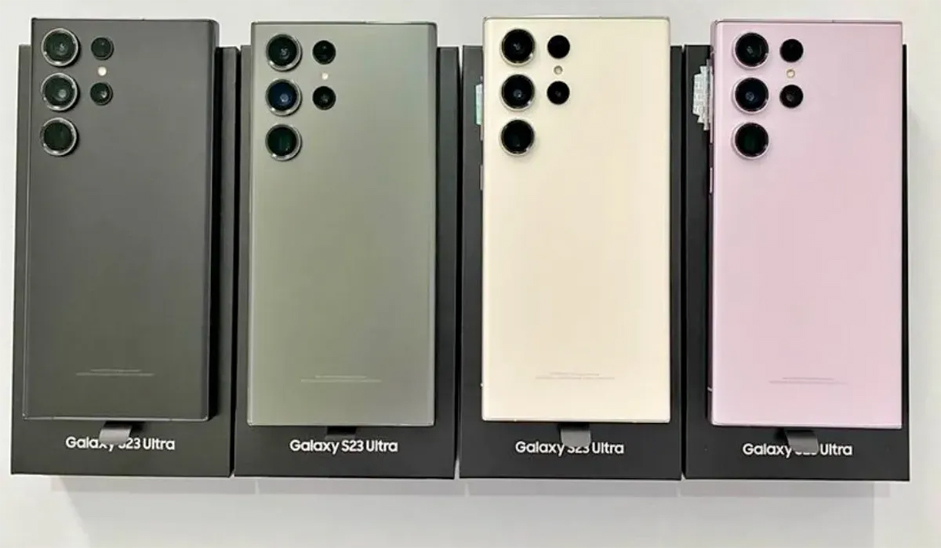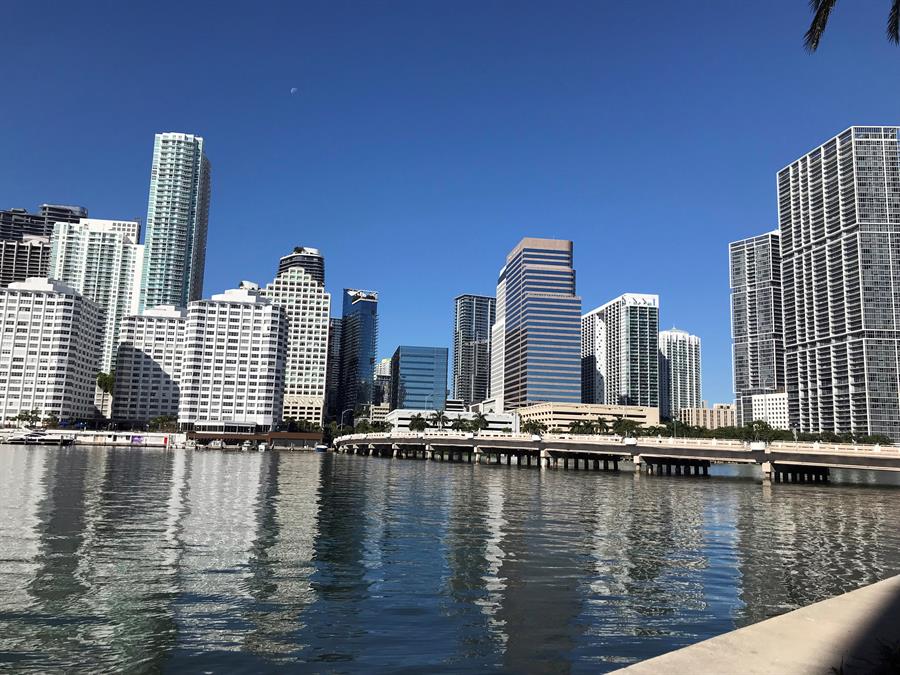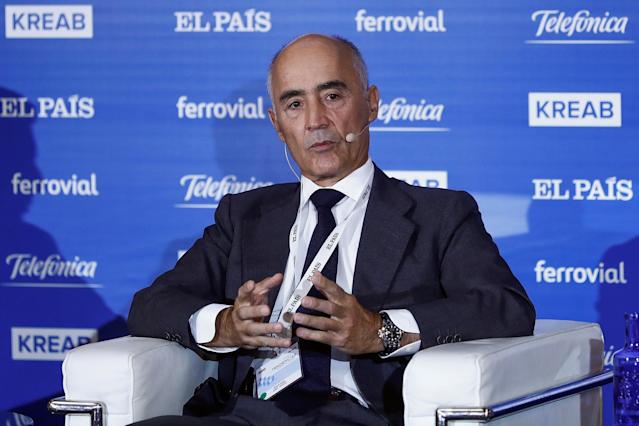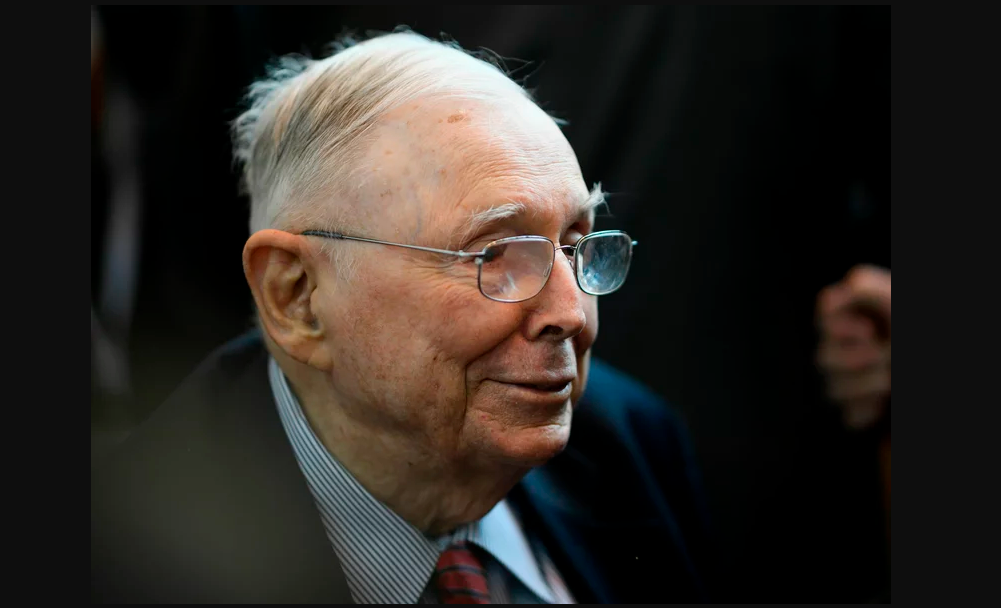The current real estate “boom” in Miami owes much to an idea born of the pandemic: If I can work from anywhere, why not live in a place where I can be outdoors all year long without depriving myself of what a town?
If to this we add that Florida’s fiscal policy does not tax large fortunes, that political turmoil does not cease further south of the American continent and that a significant number of companies have moved their headquarters to the city and created new jobs here. work, the formula for success is completed.
The year 2021 has beaten, even before concluding, the historical record for annual home sales in Miami-Dade, according to data from the Association of Realtors of said South Florida county.
In October, home sales increased by 8.8% compared to the same month in 2020, an increase that could have been greater had it not been for the shortage of supply of single-family homes, and sales of condominium apartments grew by 28.8 %.
In total, in the first 10 months of 2021, 32,940 homes were sold in Miami-Dade, 9.7% more than in all of 2013, which had so far the annual record: 30,041 homes sold.
The average price paid for a single-family home in October was $ 490,000, 12.6% more than in October 2020, and that of an apartment, $ 326,790, 21.9% more.
SOME “VERY GOOD” PERSPECTIVES
“The outlook is very good,” says Sonia Figueroa, the senior vice president of the condominium division of construction group Related, one of the most powerful in South Florida.
Figueroa completely rules out the existence of a “bubble” in the real estate market in and around Miami.

“There is incredible activity and this trend is going to continue. It is not something provisional, many people have realized what Miami can offer, ” he says.
The report released this week by the Downtown Development Authority (DDA), the urban center of Miami, says the same.
“The monthly sales volume doubled between January 2021 and March 2021, and we have not decreased,” says Alicia Cervera, member of the DDA Board of Directors and president of the Cervera Real Estate agency.
“While many markets in the US are still feeling the economic impacts of the pandemic, Miami is thriving and showing no signs of slowing down,” he adds.
Currently, the average price of a condo in Downtown, a neighborhood that had deteriorated like other city centers, but has been changing its face, is $ 607,000, 10% more than in mid-2020.
Additionally, Downtown condo rental apartments have 95% occupancy.

Separated from Downtown by the Miami River in Brickell, a coastal neighborhood that combines banks, residential buildings, and a wide range of restaurants and entertainment.
Related has a pre-construction project in Brickell, a luxury apartment building in association with French glassware brand Baccarat, of which it has sold 60% of the units off-plan, starting at $ 1.3 million.
With more than 500 million dollars in deposit (40% of the price is required from the buyer as an advance), construction will begin next summer, says Figueroa.
The deposit percentage has been declining as the market rallied after the last crisis (2006-2010) and is now half of what it was when construction started again.
Another more accessible project, District 225, with apartments starting at $ 300,000 and the possibility of renting them for short periods, launched in the spring and is 90% sold.
Many of the buyers are Latin American, says the senior vice president of Related’s Condominium Department.
Currently, Related projects, owned by Cuban-born businessman Jorge Pérez, have 50% buyers from the United States and 50% from abroad.
In 2020, when COVID-19 travel restrictions were in effect, the ratio was 80% / 20%.

RICH LATIN AMERICANS HUNTING FOR RESIDENCE IN MIAMI
According to a study by the Association of Realtors, sales of residential real estate to foreigners in Miami-Dade totaled 5.1 billion dollars in the period August 2020-July 2021, which means 14% of the total, a percentage three points higher that of the whole of the USA.
Of those foreign buyers, 74% (42% nationally) had their primary residence outside of the United States.
According to industry sources, purchases by foreigners are expected to increase considerably from November onwards, given the lifting of restrictions to enter the country imposed by the pandemic.
Among the foreign buyers of the period analyzed by the Association, there are 43 nationalities, but Argentines (13% of the total), Colombians (12%), Venezuelans (10%), Mexicans (7%), Brazilians (6%) and Chileans ( 6%) were the most numerous.

